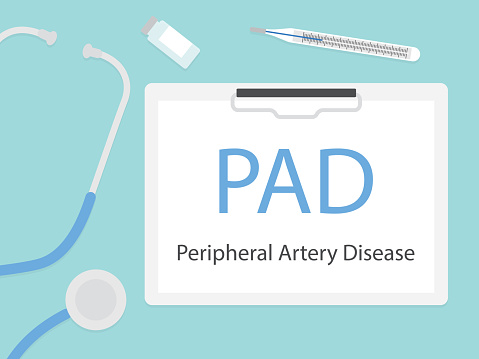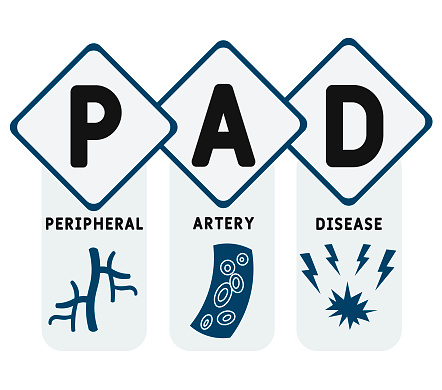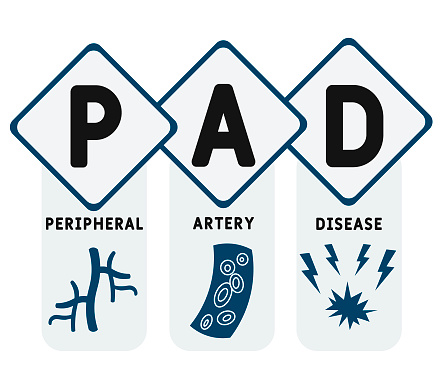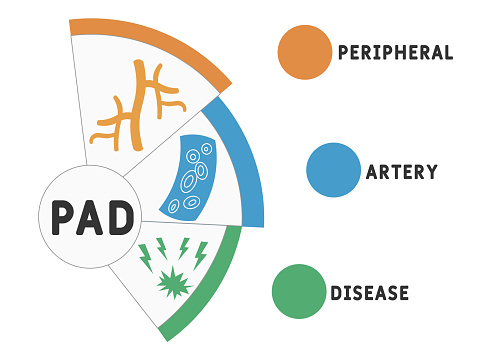Patients with peripheral artery disease (PAD) who withdraw from wearing an ankle-foot orthosis (AFO) tend to have negative perceptions of the intervention, according to a study published in the Archives of Rehabilitation Research and Clinical Translation.
In this randomized crossover trial, researchers assessed standard of care and an AFO by interviewing 15 male patients 1.5 months into the AFO intervention. They sought to understand acceptability, demand, implementation, and practicality of the intervention and analyzed data using a summative content analysis.
Following analysis, the researchers noted some key differences between patients with PAD who completed AFO intervention and those who withdrew. They noted that six of 14 AFO intervention completion participants described their initial reactions to the AFO as negative versus three of six AFO intervention withdrawal participants. Moreover, interviewees in the AFO intervention withdrawal group reported higher levels of physical discomfort with the use of the AFO, while reporting preexisting health issues as a barrier to AFO use.
“Patients withdrawing prior to completion of AFO intervention tended to have more negative perceptions, more comorbidities, and more physical discomfort than those completing the intervention. Both groups reported positive aspects of the AFO. Implementation studies are needed to address barriers to AFO adoption,” the researchers concluded.
Link: https://pubmed.ncbi.nlm.nih.gov/33778468/
Keywords: AFO, ankle-foot orthosis, Foot orthosis, PAD, peripheral artery disease, Patient reported outcome measures, Peripheral arterial disease, Quality of life, Rehabilitation









